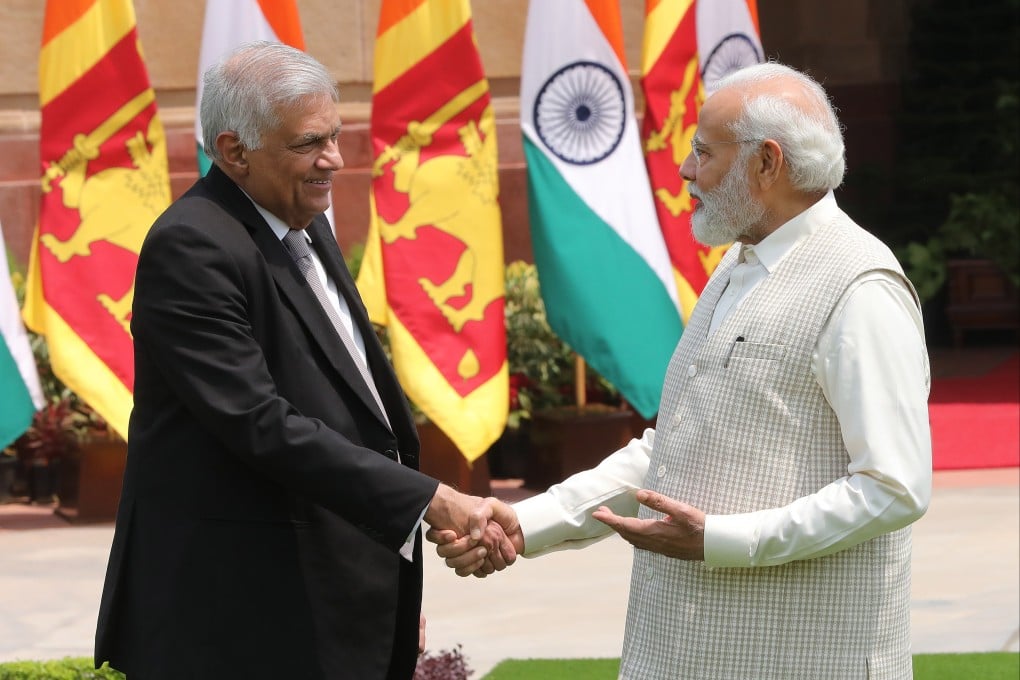India eyes China’s ‘triangle of death’, race for influence in Sri Lanka with energy, maritime deals
- India’s recent moves in Sri Lanka are part of a strategy to boost its influence and presence as the ‘strongest player’ in South Asia, observers say
- But they warn that the power imbalance between the two means Sri Lanka runs the risk of ‘one-sided deals’ that may not benefit its people

A number of ports – including Colombo on Sri Lanka’s western coast, Trincomalee in the east and Kankesanthurai on the northernmost tip of the island country facing the Palk Strait separating it from India – are set to be developed.

An oil pipeline connecting Sri Lanka and India was agreed, alongside a high-capacity power grid to enable “bidirectional electricity trade” between the island and the wider region, including Bangladesh, Bhutan and Nepal – other member countries of the so-called BBIN subregional initiative for economic cooperation.
Both leaders also agreed to collaborate on green, or carbon-free, ammonia and green hydrogen – considered by some to be a “fuel of the future” as it is derived from water using renewable energy sources.
However, the key is not to rely too much on external power sources, they said.
